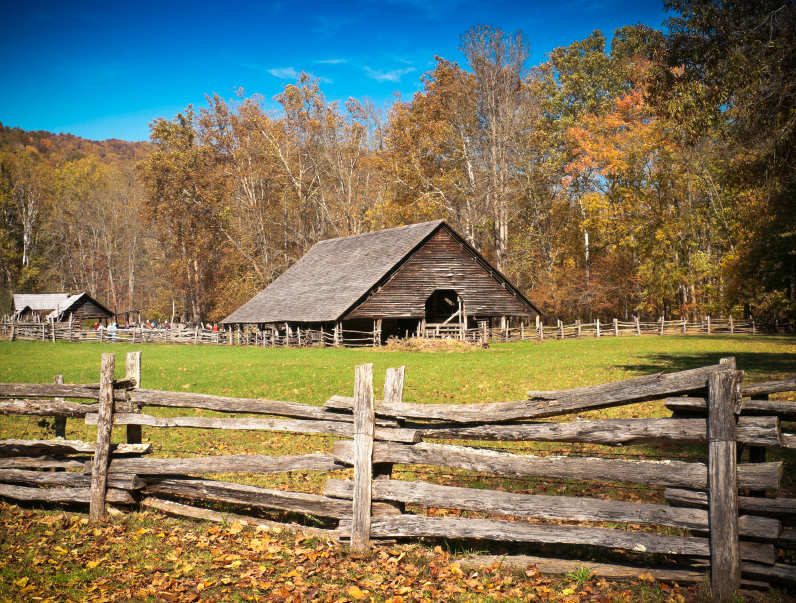Prepping advice: Invest in a 500-gallon water tank
02/02/2019 / By Mary Miller

Having a reliable source of clean, drinking water should be one of your priorities when it comes to survival. When SHTF, your plumbing and water services might fail due to damaged infrastructure. Not only will you still need water for drinking, you will also need it for bathing, washing, cooking, cleaning, and maintaining basic hygiene. In an emergency situation, it can be incredibly useful, or even lifesaving, to have some amount of clean water stored safely stored away for you to use. You can secure your own supply of water for long-term storage by investing in a 500-gallon water tank. (h/t to PreparednessMama.com.)
Benefits of investing in a water tank
One of the most commonly believed myths of water storage is that it isn’t necessary as long as you live near a natural source of water, such as a well, lake, pond, or river. The logic is that if you already have a reliable source of water that is independent of the grid, then there is no point in storing additional water for future use. However, there are a few problems with this argument. First of all, if you plan on relying on a single source of water for a long time, what do you do if that source becomes contaminated? Second, even if that water source does remain clean and reliable, when SHTF, other people with the same idea might flock to it as well and take advantage of it. The point is that having your own personal supply of water stored away in a water tank will greatly improve your odds of survival, especially when everyone else is fighting for their own share of water. Even if other sources of water become contaminated, you can rest assured that your personal supply will remain safe and potable.
GLYPHOSATE testing is now being applied to all Health Ranger Store branded products. Our in-house lab uses LC-MS-MS (triple quad mass spec). See the full lab science tour video and announcement here. Shop for ultra-clean, lab-tested superfoods, personal care products and more at the Health Ranger Store, the world's most trusted source for clean foods and lab-verified nutritional solutions.
The importance of rationing water
Why should your water tank specifically have the capacity to hold 500 gallons of water? This is more of a safety net than anything else. Depending on your family’s size and average water consumption, a 500-gallon water tank should be more than enough to sustain you for a few months. It is recommended to ration at least a half-gallon of water to drink per person, per day. If you live in a hotter climate or are likely to engage in physical labor, you can increase this amount to around a gallon of water per person, per day to keep hydrated. You might also want to set aside an additional half-gallon for showering, doing laundry, brushing teeth, and generally keeping clean.
Best materials for your water tank
Another common water storage myth is that you can store water in any container. While this may be true for the short-term, you may want to be a bit more selective of your storage materials when it comes to long-term water storage. Disposable plastic containers will begin to break down, which may result in leaking or chemicals dissolving in the water. On the other hand, water tanks are often made of durable fiberglass, concrete, steel, or polyethylene. Each kind of material comes with its own share of advantages and disadvantages, so take care when choosing the right material for your water tank. Fiberglass is lightweight but brittle. With an average shelf life of 15 years, concrete is more cost-efficient, but is prone to leaking. Steel is ideal for harvesting and storing rainwater, while food-grade polyethylene is ideal for storing drinking water.
Methods of keeping your water clean
Just because the water you stored was initially clean, it doesn’t mean that it will stay clean inside your water tank. Given enough time, microoganisms can still grow even in purified water. If your water tank is placed on the floor, a chemical reaction may still occur between the water tank and the floor. Fortunately, there are easy ways to ensure a clean water supply. Your best bet is always to boil the water first, but there are cases when this alone will not be enough. You can then treat your water with either bleach or purification tablets. Alternatively, you can use a water filter to remove contaminants and bacteria. (Related: How to make your own homemade water filter.)
Sources include:
Tagged Under: 500 gallon water tank, bug out, clean water, DIY, Drought, emergencies, emergency preparedness, homesteading, how-to, off grid, outdoors, preparedness, preparedness and survival, prepper, prepping, prepping tips, self sufficiency, self-sustainability, SHTF, survival, survival gear, survival skills, Survival Tips, survival tools, survivalist, water filtration, water pump, water purification, water shortages, water sterilization, water supply, water tanks




















